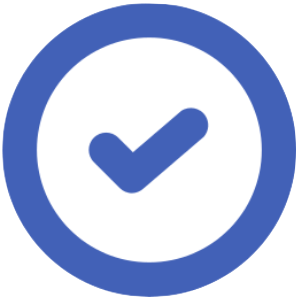 YOUTUBE VIDEO:
https://www.youtube.com/watch?v=iBLL7eYhagc
YOUTUBE VIDEO:
https://www.youtube.com/watch?v=iBLL7eYhagc
 ESL Collocations Lesson Description
ESL Collocations Lesson Description
OVERVIEW & OBJECTIVES
This ESL lesson on lifestyle collocations offers engaging activities, PDF worksheets, and digital materials designed for intermediate B1–B2 students. In this lesson, students will:
- Share personal ideas and opinions about daily energy, mood, and productivity.
- Learn and use vocabulary related to lifestyle, including key collocations for energy, focus, and routines.
- Watch a short video about afternoon energy slumps and explore science-backed strategies for staying productive.
- Practice using verb–noun collocations through personalized speaking tasks and short sentence-building exercises.
- Reflect on their own routines and suggest realistic lifestyle “tweaks” in a final speaking activity.
PREVIEW & DISCUSSION
Students begin this collocations ESL lesson by giving advice to someone who regularly feels tired in the afternoon, using image prompts and their own ideas. They then respond to discussion questions about when they feel most productive or sluggish, and what factors affect their energy and mood. In the third part, students read six sentences that include energy-related collocations and categorize them based on energy level. Finally, they describe how they've been feeling recently in terms of energy, focus, and productivity. This section introduces students to key vocabulary and prepares them for the topic of lifestyle and daily habits — the core of this ESL Collocations Lesson: Talking About Lifestyle.
VIEWING ACTIVITY
Students watch a short, informative video that explains why many people experience a dip in energy during the afternoon and how to combat it using simple lifestyle adjustments. The video includes expert-backed tips such as healthy eating, short naps, hydration, and light exercise. In the first part, students answer a question about a natural body process that affects energy. Then, they match tips from the doctor to their correct endings. In the third part, they complete collocations and key phrases used in the video. Finally, they reflect on additional changes people can make to prevent low energy. Throughout, students reinforce their understanding of collocations tied to lifestyle and health — a key goal of this ESL lesson on collocations.
VIEWING FOLLOW-UP
Students start by discussing their reactions to the video and the usefulness of the tips. They then read about José's weekday lifestyle and routine. Using a list of verbs and nouns, they form natural collocations (e.g., “take a nap,” “boost energy,” “maintain posture”) to describe José's habits. Students share their impressions of what José does well and suggest areas for improvement. They also assess how healthy they think his routine is on a scale from 1 to 10. These follow-up activities deepen their use of target collocations while applying them in context — another core skill in this ESL Collocations Lesson: Talking About Lifestyle.
ROUTINE UNDER REVIEW: LIFESTYLE TWEAKS TO MAKE
In this final task, students personalize the topic by reflecting on their own routines. In Option A, they write notes about five lifestyle areas (eating, sleep, exercise, work, and mood/energy) and identify things they do well and things they could improve. Then, they share their reflections with a partner or teacher, using collocations from the lesson and asking follow-up questions. In Option B, students choose from a set of speaking prompts that encourage discussion about their lifestyle, routines, productivity patterns, and how external factors like weather impact them. This activation phase gives students meaningful practice using language in real, relatable ways.
BENEFITS OF USING THIS ESL COLLOCATIONS LESSON
Teachers will find this ESL collocations lesson useful and versatile. It blends vocabulary development, video-based learning, and personalized speaking tasks into a well-rounded 60–90-minute session. It supports vocabulary retention by encouraging students to apply collocations in multiple ways. It also includes flexible discussion points that make it easy to adapt to students’ needs. This lesson encourages reflection, promotes healthy habits, and helps learners build confidence using natural, topic-based language.
 Video Description
Video Description
 Lesson Activities
Lesson Activities
Lifestyle, Productivity, Energy, Mood, Routines, Wellness
Short Answer Questions, Matching, Sentence Completion
Collocations, Health, Habits, Productivity, Mood, Routines, Energy Levels
Lifestyle Changes, Discussion, Quiz & Review, Lesson Reflection
 Lesson Topics
Lesson Topics
Afternoon Routine, Coffee, Lifestyle, Productivity, Energy, Mood, Routines, Wellness


 Like us on facebook
Like us on facebook
